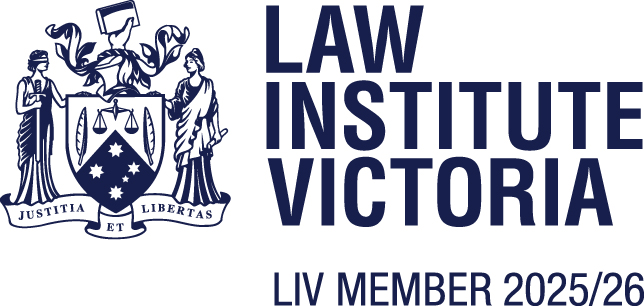It’s not uncommon for separated couples to remain living ‘separated under the one roof’, particularly during these Covid times when moving out may be even more of a challenge than usual. With no ‘in real life’ property inspections being allowed during Stage 4 restrictions in Victoria, how do you plan a move to a new property or sell your current one? Not surprisingly, many folks are staying where they are to ride out the crisis.
Living separated under the one roof brings many known challenges when negotiating a new style of relationship where previously intimate partners now co-exist like housemates. Managing changes to the division of household chores, privacy concerns, finances and new living arrangements in an uncertain environment all need to be addressed. Work, children and family obligations need to also be upheld.
Add control and coercive behaviour, intimate partner violence and abuse into the mix and it’s no wonder there are households straining at the seams in every town and suburb.
If you are researching your next steps in family law in a shared household where both parties use the computer or you believe your ex or current partner is monitoring your internet usage on any device, you need to take care to proactively manage your privacy.
The Family Court recognises that people may be naïve to the way their online activities can be tracked by another person and recently released a set of recommendations in August 2020 for accessing court websites, as follows:
Closing a website
- Quick exit button
A quick exit button is located either on the middle, right-hand of the screen, or top right-hand corner of every page. Press it if you need to exit this website quickly. You will be automatically redirected to Google. See Maintaining personal safety while browsing the FCoA and FCC websites for more information.
- Closing a page quickly:
You can also use Ctrl+W (Windows) or Command+W (Apple) to close the page you are viewing. This will automatically shut down the web browser you are using.
Neither of these quick shut down methods will delete your internet browser’s history.
Deleting Browsing History
To clear your internet browsing history, you can click on one of the links below for the browser you are using, or for most desktop browsers, with the browser window open press Ctrl+Shift+Delete (Windows) or Command+Shift+Delete (Apple).
- Chrome: Clear, enable and manage cookies (data) in Chrome and Clear browsing data (website history)
- Internet Explorer: View and delete your browsing history
- Microsoft Edge: View and delete browser history
- Safari: Clear your browsing history in Safari on Mac
- Firefox: Delete browsing, search and download history
Browsing incognito
Most browsers will allow you to switch to ‘incognito’ mode as a way to browse the internet in private. Browsing the internet in incognito mode ensures the pages you view in incognito tabs are not recorded in your browsing or search history. Any files you download or bookmarks you create will stay when you close an incognito browser. You must close all of your incognito tabs when you have finished browsing.
General Safety
For further information on how to be safe online visit the eSafety Commissioner website . Some popular pages include:
- Technology facilitated abuse
- Online safety planning
- Use your device safely
- Protect your personal information
- Online safety advice in languages other than English
- Connect Safely
If you or someone you know are experiencing online abuse as part of domestic and family violence please visit the domestic and family violence section of the eSafety Commissioner website for advice and support to ensure you can continue to safely use technology and remain connected.




No comments yet.